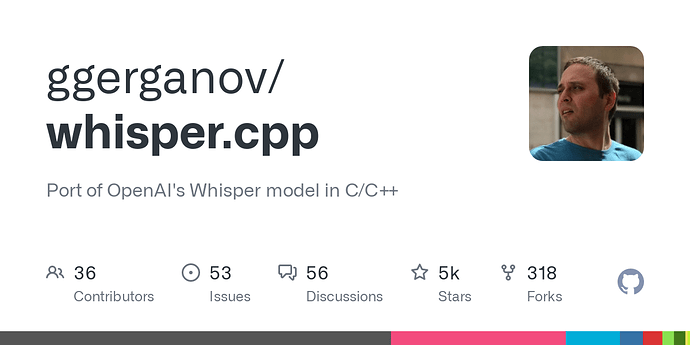I picked up on rolyan’s comment a while back that he abandoned Rhasspy several years ago and has no experience with rhasspy satellite. Yet based on this total lack of actual experience he is stuck vehemently repeating allegations that only he seems to believe (like that Rhasspy is inextricably linked to Raspberry Pi), about software that is long since history.
Personally I don’t see much conceptual difference between cheap devices with mic and speaker spread around the house which listen for a keyword that are called “ears”, and the same device with same purpose called a “satellite”. Sure a Rhasspy satellite has the same user interface, but I don’t consider calling modules on a server to do all the cpu intensive processing as “bloat”. Similarly that rhasspy’s modular client-server architecture somehow does not allow KWS to be done on a separate shared server if one so wishes, or on the client so the audio doesn’t have to go through the LAN. He seems so fixated on using his own terminology that he can’t see that Rhasspy is conceptually pretty much what he is promoting. ![]()
I freely admit that, while Rhasspy’s documentation does contain all the required information, it is not arranged in a way that makes base+satellite configuration clear. I guess there must have been quite a bit of confusion at the time of the transition. And the confusion continues, resulting in new users needing to ask for help on the forum; often having struggled to piece together the necessary pieces of information spread through the documentation. Please Michael don’t take this as an attack - I don’t like writing documentation either, and at the time you were adding satellite to existing documentation.
I suggest that rearranging the current documentation to make base+satellite the default configuration (and all-on-one as the advanced option) would help. And a comprehensive tutorial for new users … which I started and got to 30 pages before deciding I needed to re-think my approach. Now I’m not sure whether v3 will make it a waste of effort.
Bottom line, I really am puzzled that rolyan spends so much time on the Rhasspy forum, given his extreme prejudice against it. I suspect rolyan could have developed his own system with half the time and effort he has spent trolling Rhasspy.
rolyan I don’t understand why you could feel responsible for other people’s effort; more so because you are the only one that considers it a waste. If you really believe it to be a waste, why not just move on ?




